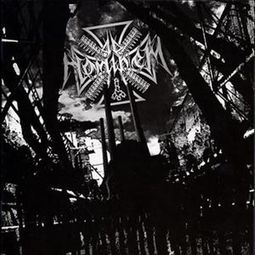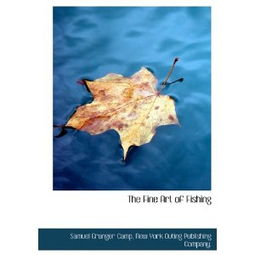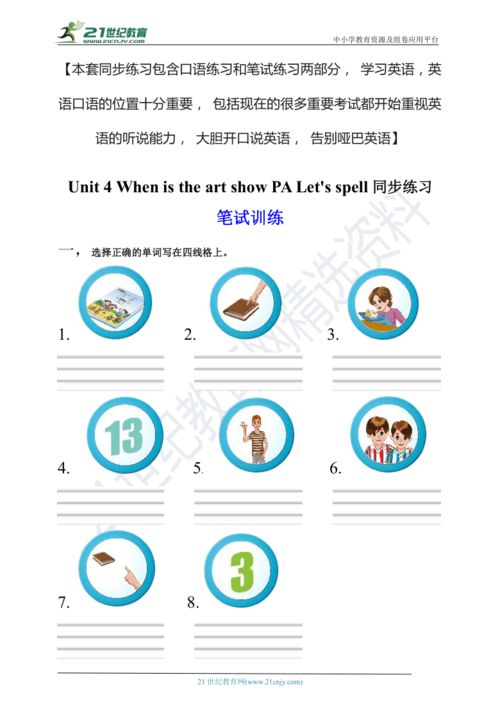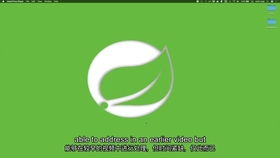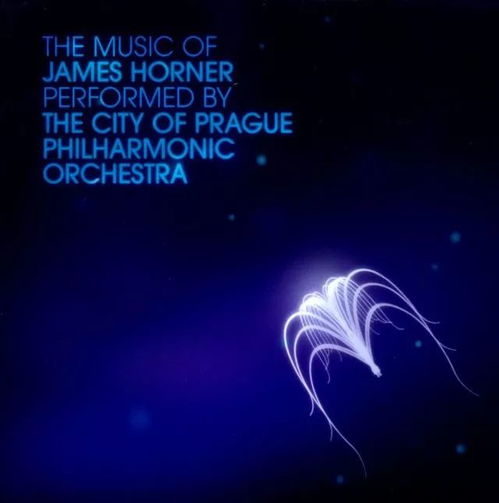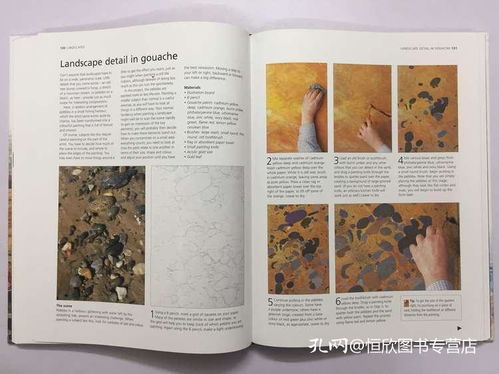Crafting Effective Fishing Technique Copy: A Guide to Simple and Engaging Tips
In the world of angling, the art of fishing technique copywriting is a blend of science and creativity. It's about not just conveying information, but also engaging the reader's imagination and curiosity. Whether you're writing for a fishing magazine, a website, or a social media campaign, here are some simple yet effective strategies to craft compelling fishing technique copy.
Start with a Compelling Hook

Your opening sentence should capture the reader's attention. Begin with a vivid scene, a surprising fact, or a question that resonates with the angler:
"Imagine casting your line into the serene lake, the sun casting a golden glow over the water, and the promise of a thrilling catch waiting just beneath the surface."
Use Action-Oriented Language
Fishing is an active sport, and your copy should reflect that energy. Use active verbs and dynamic phrases to keep the reader engaged:
"Reel in the secrets of successful fishing with these powerful techniques that will turn your next outing into a memorable experience."
Break Down Complex Techniques into Simple Steps
Even the most advanced fishing techniques can be broken down into manageable steps. Provide clear, concise instructions that are easy to follow:
"Learn how to master the art of fly fishing in just three simple steps: choose the right rod, tie the perfect fly, and cast with precision."
Include Real-Life Examples
Illustrate your points with real-life examples or case studies. This not only adds credibility but also makes the information more relatable:
"John, a seasoned bass angler, swears by the 'Sliding Stinger Rig' technique. He's caught over a dozen lunkers using this method alone!"
Offer Tips for Different Types of Fishing
Tailor your advice to different fishing scenarios, such as freshwater, saltwater, or fly fishing:
"Saltwater fishing requires a different approach. Here's how to tackle the challenging currents and catch those majestic marlin with ease."
Use Visual Imagery
Engage the reader's senses by painting a picture with your words:
"Feel the cool breeze as you cast your line into the crystal-clear river, the water sparkling like a thousand diamonds under the sun's rays."
Include Safety and Etiquette Tips
Fishing is not just about catching fish; it's also about respecting the environment and fellow anglers:
"Always practice catch and release to preserve the fish population. Remember to leave no trace, ensuring that future generations can enjoy the beauty of the outdoors."
Encourage Reader Interaction
End with a call to action that invites readers to engage with your content:
"Share your favorite fishing spot or technique in the comments below. Let's build a community of anglers sharing their passion and knowledge!"
Keep it Concise and Informative
Avoid fluff and get straight to the point. Your readers are looking for valuable information, so make sure each tip is clear and to the point:
"Quick Tip: Using a lighter line can help you detect subtle bites, increasing your chances of landing a big catch."
Add a Personal Touch
Share your own experiences or stories to connect with your readers on a personal level:
"As a lifelong angler, I've learned that the best fishing spots are often found by accident. Keep exploring, and you might just discover your own hidden gem."
By following these simple strategies, you can craft fishing technique copy that not only educates but also inspires. Remember, the key is to keep it engaging, informative, and above all, enjoyable for the reader. Happy fishing!
